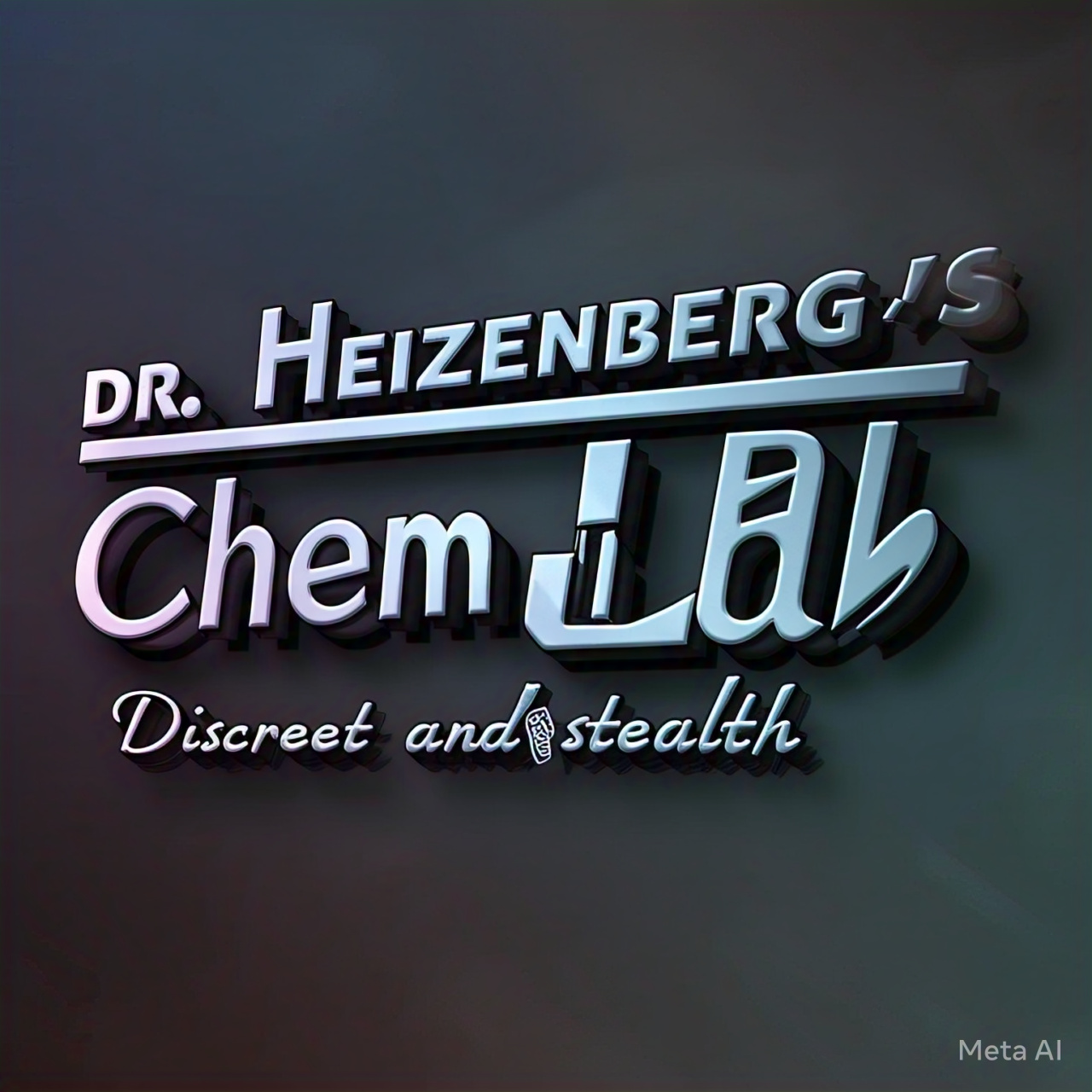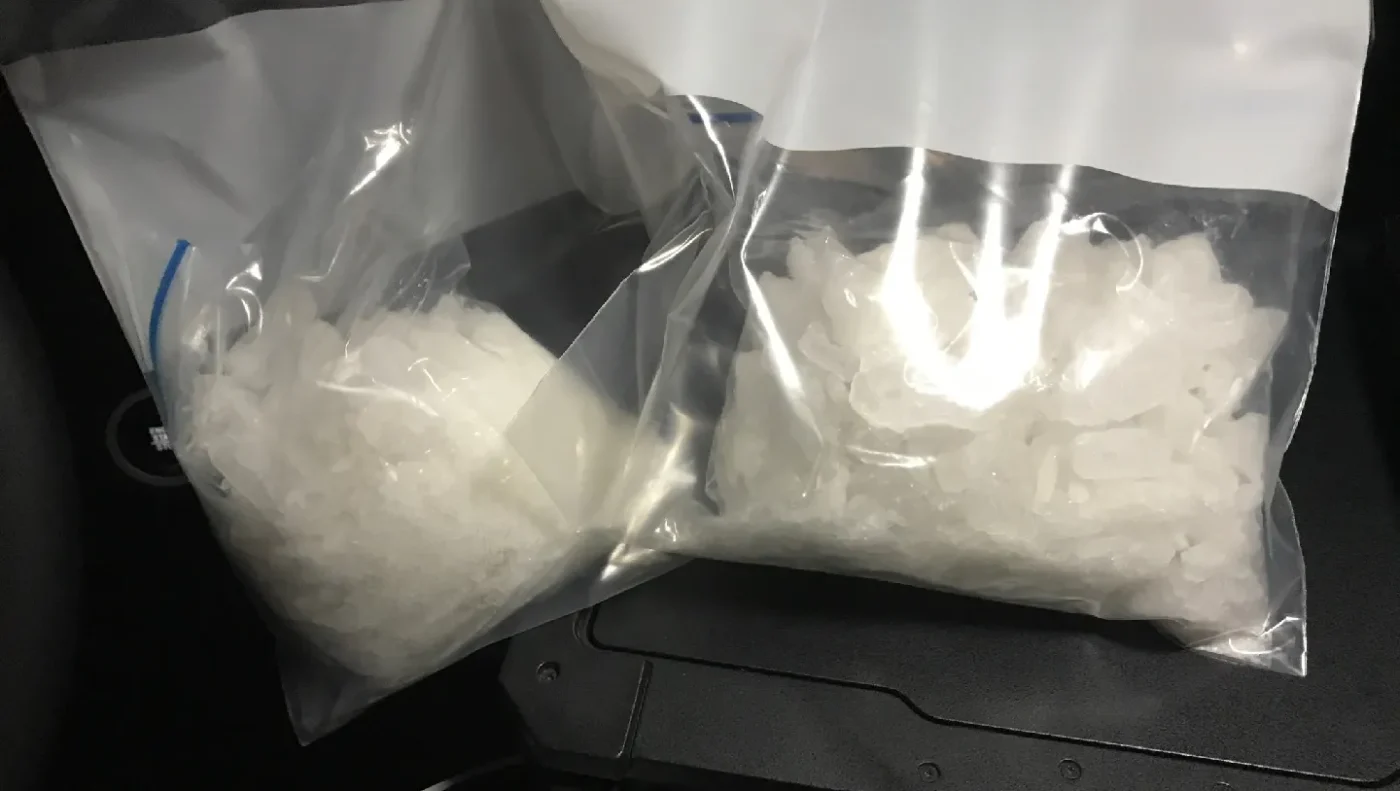Uncategorized
Crystal Meth vs. Prescription Meth: What’s the Difference?
Methamphetamine in Medicine: Exploring Its Role in Weight Loss and Attention Disorders
Methamphetamine is a powerful central nervous system (CNS) stimulant that has both illicit and medical applications. While it’s most commonly associated with illegal drug use, addiction, and severe health consequences, methamphetamine also has a legitimate role in medicine—when used under strict regulation.
In this article, we’ll explore methamphetamine’s therapeutic uses for **attention-deficit/hyperactivity disorder (ADHD)** and **weight loss**, compare **prescription methamphetamine (Desoxyn)** with **illicit crystal meth**, and discuss how these substances differ in composition, safety, legality, and impact on the body.
—
Understanding Methamphetamine: Medical Use vs. Illicit Abuse
Methamphetamine exists in two primary forms:
1. Prescription Methamphetamine (Desoxyn): A FDA-approved medication used to treat ADHD and narcolepsy.
2. Illicit Crystal Meth: An illegal, often homemade substance associated with abuse, addiction, and serious health risks.
Despite sharing the same core chemical structure, these two forms of methamphetamine are vastly different in terms of purity, formulation, effects, and safety profile.
—
Methamphetamine in the Treatment of ADHD
What Is ADHD?
Attention-deficit/hyperactivity disorder (ADHD) is a neurodevelopmental condition characterized by symptoms such as inattention, hyperactivity, impulsivity, and difficulty focusing. It affects children and adults alike and can significantly impair academic performance, work productivity, and social functioning.
How Stimulants Like Methamphetamine Help ADHD
Interestingly, although ADHD involves hyperactivity, CNS stimulants like methamphetamine are among the most effective treatments. These medications increase the availability of neurotransmitters like dopamine and norepinephrine in the brain, which play key roles in attention, impulse control, and executive function.
Desoxyn (methamphetamine hydrochloride) works similarly to other stimulant medications used for ADHD, such as methylphenidate (Ritalin) and amphetamine salts (Adderall). However, due to its higher potency and abuse potential, Desoxyn is typically considered a second- or third-line treatment option.
Efficacy and Considerations
Clinical evidence suggests that Desoxyn can be particularly effective for patients who do not respond well to other stimulant medications. Its longer half-life may offer more sustained symptom control throughout the day.
However, because of its high potential for misuse and dependence, Desoxyn is only prescribed after careful evaluation and monitoring by a licensed healthcare provider.
—
Methamphetamine and Weight Loss: Historical and Current Perspectives
The Appetite-Suppressing Effects of Methamphetamine
One of the notable side effects of methamphetamine use is appetite suppression. This effect made stimulant drugs—including amphetamines and methamphetamines—a popular choice for weight loss in the mid-20th century.
During the 1940s through the 1960s, amphetamines were widely prescribed for obesity management. Methamphetamine was also occasionally used off-label for similar purposes.
Crystal Meth vs. Prescription Meth: What’s the Difference?

